Not content to deliver yet another game in the increasingly crowded roguelike space, Heart Machine’s Hyper Light Breaker is an ambitious new take on the subgenre aiming to be a true “open-world roguelike.” It’s a challenge that Heart Machine has taken to with zeal, aiming to solve what it refers to as the “impossible problem” of mixing competing gameplay elements to make Hyper Light Breaker both a great roguelike game and a great open-world game. To deliver on the disparate genres, Hyper Light Breaker needed to take a unique approach to its biomes and how players traverse them.
Regarding how these biomes are implemented, Hyper Light Breaker‘s take on the traditional roguelike game structure involves what the team calls Cycles, which players can tackle through multiple runs. In each Cycle, three biomes are populated (from a pool of four during the Early Access launch) using procedural generation. Players can keep taking runs at this world until they either defeat all the bosses, the Crowns, or die to them. These biomes are larger than what one would expect in a typical run-based roguelike, but players have different traversal options they can use to quickly cross these spaces or make use of their environmental diversity and verticality. Game Rant recently spoke with senior designer Ben Strickland and lead producer Michael Clark about its world approach, each cycle’s biomes, and how traversal balances out its roguelike and open-world design.
Hyper Light Breaker Features Large and Varied Biomes Aided by Procedural Generation
Hyper Light Breaker‘s core gameplay loop combines an open-world approach and action roguelike gameplay elements, with Cycles helping realize its open-world design and its runs fulfilling the roguelike genre. However, generating these worlds has to follow a certain set of rules; Heart Machine describes its procedural generation as “directed proceduralism,” which lays out paths, required areas like boss arenas, and so forth. This mix of procedural generation and curated spaces allows each Cycle to have specific environmental assets and a combination of biomes, with each creating plenty of opportunity for exploration.
Clark notes that “each world is roughly the same size…but all of our worlds have a lot of natural features that add a lot of wiggle room.” He points out that, while players will see these worlds multiple times in a single Cycle, “each Cycle comes with a whole new world, with new terrain and biomes and structures.” The size and scale of these worlds presented a challenge for Heart Machine in terms of how players would traverse them, which resulted in the team opting to provide players with multiple methods of travel like the hoverboard. As Strickland explained,
Our maps are large, have a lot of verticality, AND we give the player a lot of freedom with the order in which they tackle their missions. A lot of our traversal features are low-key quality of life improvements…There’s plenty of space to admire the world and vibe out, but if you’re getting down to business, we’ve given you the tool kit to do it efficiently.
Aside from making treks on foot from one end of a map to another, players have a hoverboard at their disposal for quickly traveling across biomes, as well as a glider they can use to safely return to ground level after scaling some of the vertical elements present in each world. Though action is at the forefront of Hyper Light Breaker‘s gameplay, Heart Machine understands that players will want to spend time in the highly stylized worlds the team has created, and it gives players both the time and the tools to do so.
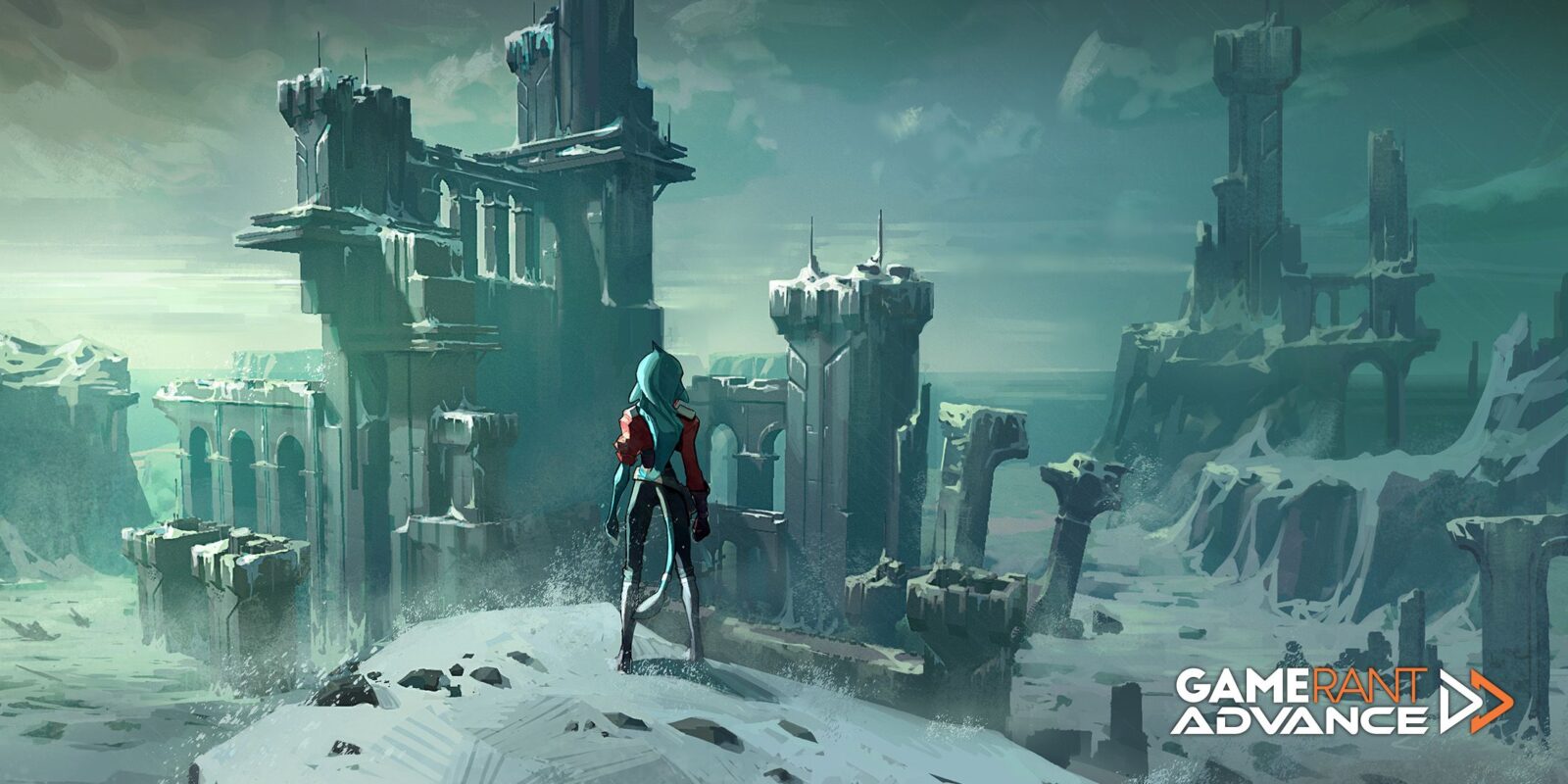
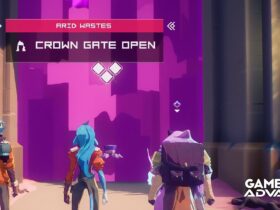
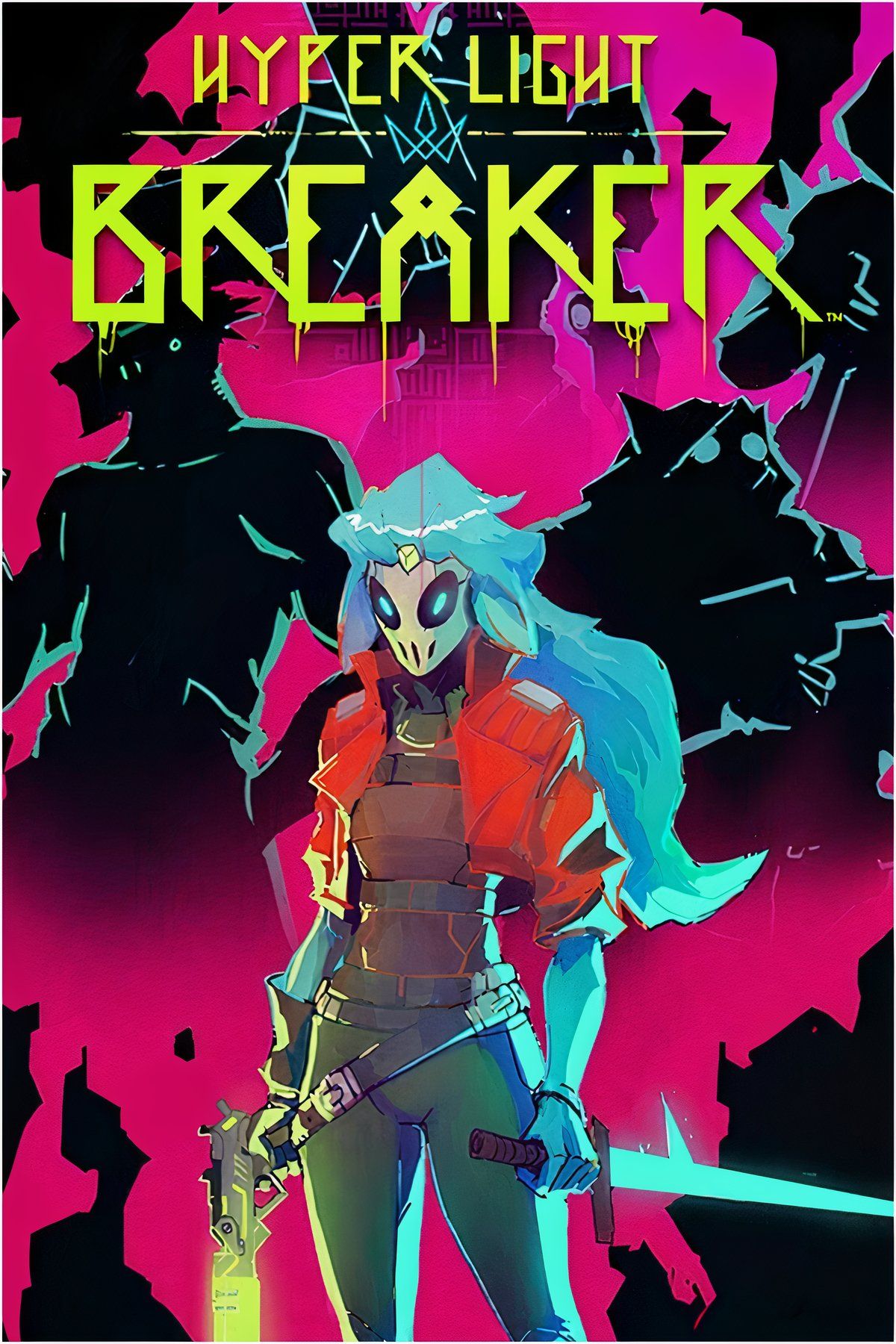
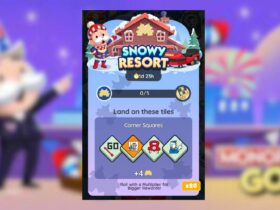




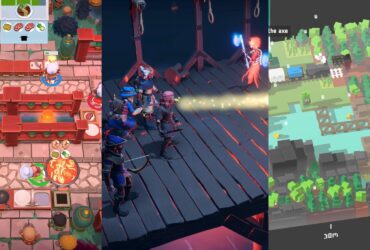

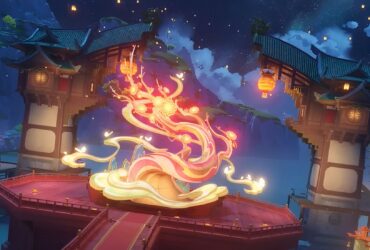


Leave a Reply